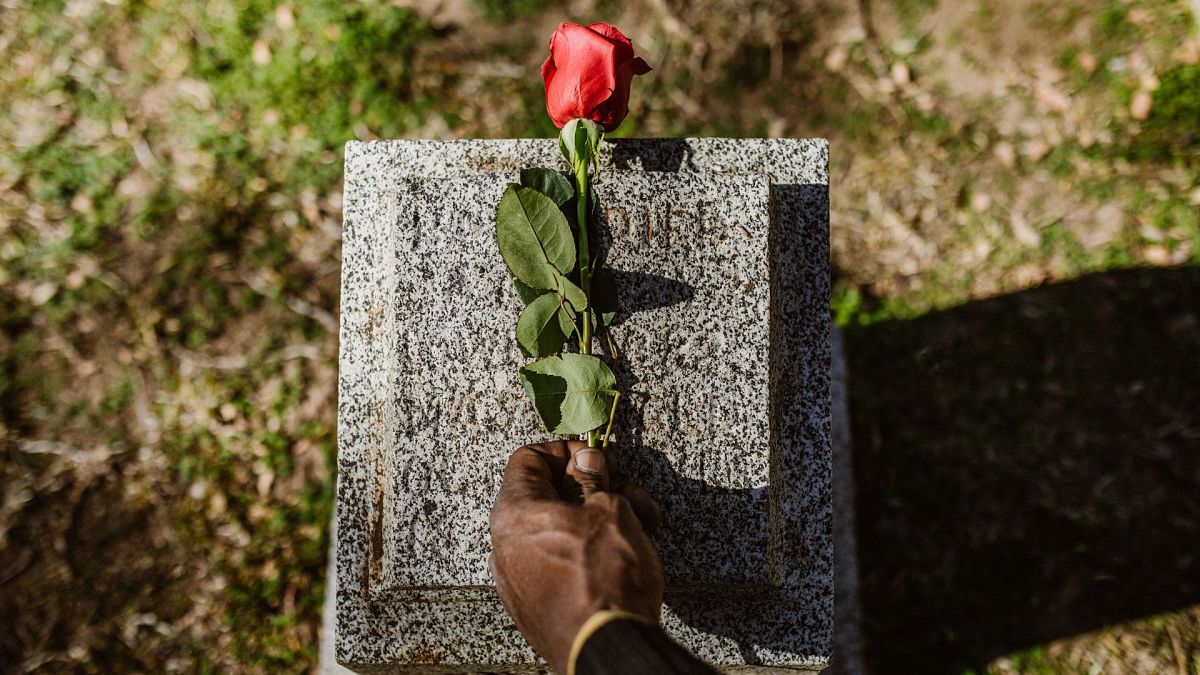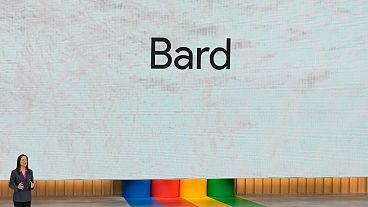After Elon Musk announced inactive Twitter accounts will be purged, the issue of how to memorialise a dead person’s account was raised.
Twitter has announced it will "purge" inactive accounts from the platform, leading to an outpouring of requests for a memorialisation feature to save the accounts and tweets of users who have died.
"We’re purging accounts that have had no activity at all for several years, so you will probably see follower count drop," Elon Musk, the platform’s owner, tweeted on Monday.
His tweet sparked a flurry of responses from people who don’t want to lose access to the tweets of users who have passed away.
"Please don’t delete accounts of people who have passed on… it’s an important memory for many of us who have lost family who were active," tweeted one user.
Since the announcement earlier in May, it appears some accounts have now been scrubbed from the site. Emily Reed lost her younger sister Jessica more than 10 years ago, and frequently revisited her Twitter page to "help keep her memory alive".
It was a place where she could process her grief and reconnect with her sister, but since Musk's announcement, her sister's page now just shows an "account suspended" message, suggesting it may be in violation Twitter rules.
"Having these digital footprints... is super important to me," Reed, 43, told The Associated Press. She tweeted at Musk, calling his move a "farce of a policy," adding, "your nonsense has taken away a monument to my sister’s mark on this earth".
Others shared similar experiences of pain upon learning that the account of a deceased loved one had vanished.
"Some may scoff at any allusion between Twitter and ancient libraries, but while the burning of the library of Alexandria was a tragedy, scrolls, and books that were tossed in the trash just because nobody wanted to keep them are kind of worse. Save it all!" said high-profile computer programmer and one of Musk’s followers, John Carmack.
This is an issue Twitter had already looked at back in 2019 under the previous ownership. At the time, it responded to user feedback about the impact a purge would have on the accounts of people who are deceased.
"This was a miss on our part," tweeted Twitter Support, promising not to delete accounts until a solution was put in place.
New owner Musk appeared to make the same mistake, the next day clarifying that inactive accounts would be “archived,” without expanding on how that would work.
Musk’s running of Twitter has been tumultuous since he bought the company for $44 billion (€40 billion) late last year.
He tried to back out of the deal but in the face of legal proceedings he went ahead with the purchase. In March, he revealed he now valued the company at $20 billion (€18.25 billion), less than half what he bought it for.
Google has recently announced it is going to delete inactive accounts too, which has raised similar concerns from people who are unable to access their loved ones' accounts.
The company said in a blog post on May 16 that accounts that have been inactive for two years or more may be deleted along with all its contents - including content in Gmail, Google Drive, Calendars, and Google Photos.
Google's VP of product management, Ruth Kricheli, explained that inactive accounts were more likely to be compromised, with old or re-used passwords, and they were much less likely to have 2-step-verificaiton in place.
"Meaning, these accounts are often vulnerable, and once an account is compromised, it can be used for anything from identity theft to a vector for unwanted or even malicious content, like spam," she wrote.
Memorialised, Facebook style
The issue of what to do with accounts of deceased users has already been addressed by Meta’s social platforms Facebook and Instagram.
On Facebook, a family member can request to have their deceased relative’s account deleted or memorialised on their behalf. They need to provide evidence of the person’s death, with an obituary or memorial card, and evidence of their relationship with the account holder.
Facebook says memorialised accounts are “a place for friends and family to gather and share memories after a person has passed away”. Depending on the privacy settings, these features include:
- Friends being able to share memories on their timeline;
- Photos and posts shared by the person before they died remaining visible;
- Their account can be removed if there is a sole admin and a valid request is made.
Similarly, Meta’s other major social media platform Instagram also has policies for getting an account deleted or memorialised upon the passing of a loved one.
Accounts of dead people can be reported to Instagram to be memorialised, and this requires proof of death, such as an obituary or news article. Immediate family members can request to have the account removed from Instagram.
You can even be memorialised on LinkedIn. A person authorised to act on behalf of the deceased must again provide documentation to prove their connection, and to prove the death has occurred.
They can then request the removal of the account, or leave it up in perpetuity as a memorial for their professional connections to look at.
Twitter allows people who are authorised to act on behalf of the dead person to request the removal of their account. They need to be a verified family member, and provide information such as a valid ID and a copy of the death certificate.
Euronews Next contacted Twitter to ask about the concerns raised about the announced purge of inactive accounts. Twitter responded with a poo emoji.



